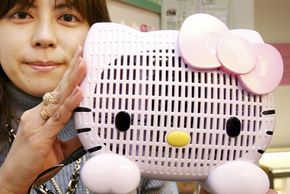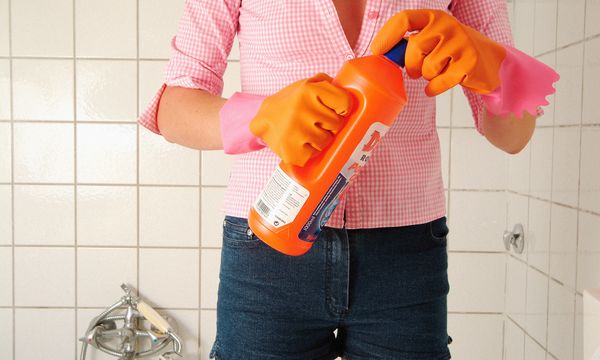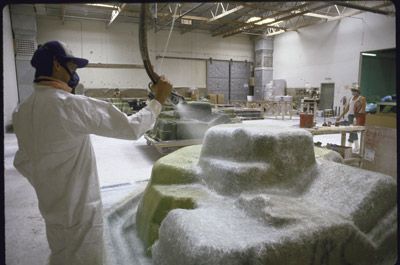Americans spend an estimated $250 million annually on air purifiers for their homes, with asthma and allergy sufferers responsible for most of the sales [source]. But scientific studies and testing reveal that many purifiers aren't effective at all, and some may be causing harm.
The notion of purifying air has merit, however. The air inside the typical home is generally dirtier than the air outside, because a house can be a source of air contaminants. Moisture can lead to the development of mold and mold spores. Forced-air heating and cooling systems circulate dust particles and bacteria throughout the house. Pets shed fur and give off dander, while smokers pump toxins into the air. Pollen and other outdoor allergens can blow in through open doors and windows (or through a window or door screen) and become caught in carpet or upholstery.
Advertisement
The end result is that the average house tends to concentrate contaminants in greater quantities than the outdoors. This concentration isn't usually too harmful for a healthy person, but children and people with allergies and respiratory difficulties can experience ill effects. Reducing the level of contaminants can help alleviate some of these problems and using an air purifier is one way to do it.
In the next section, we'll look at the five basic types of air purifiers available on the market today.



